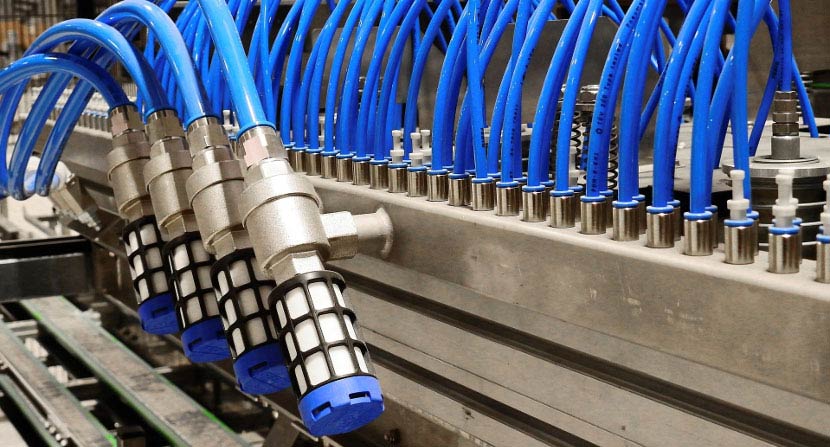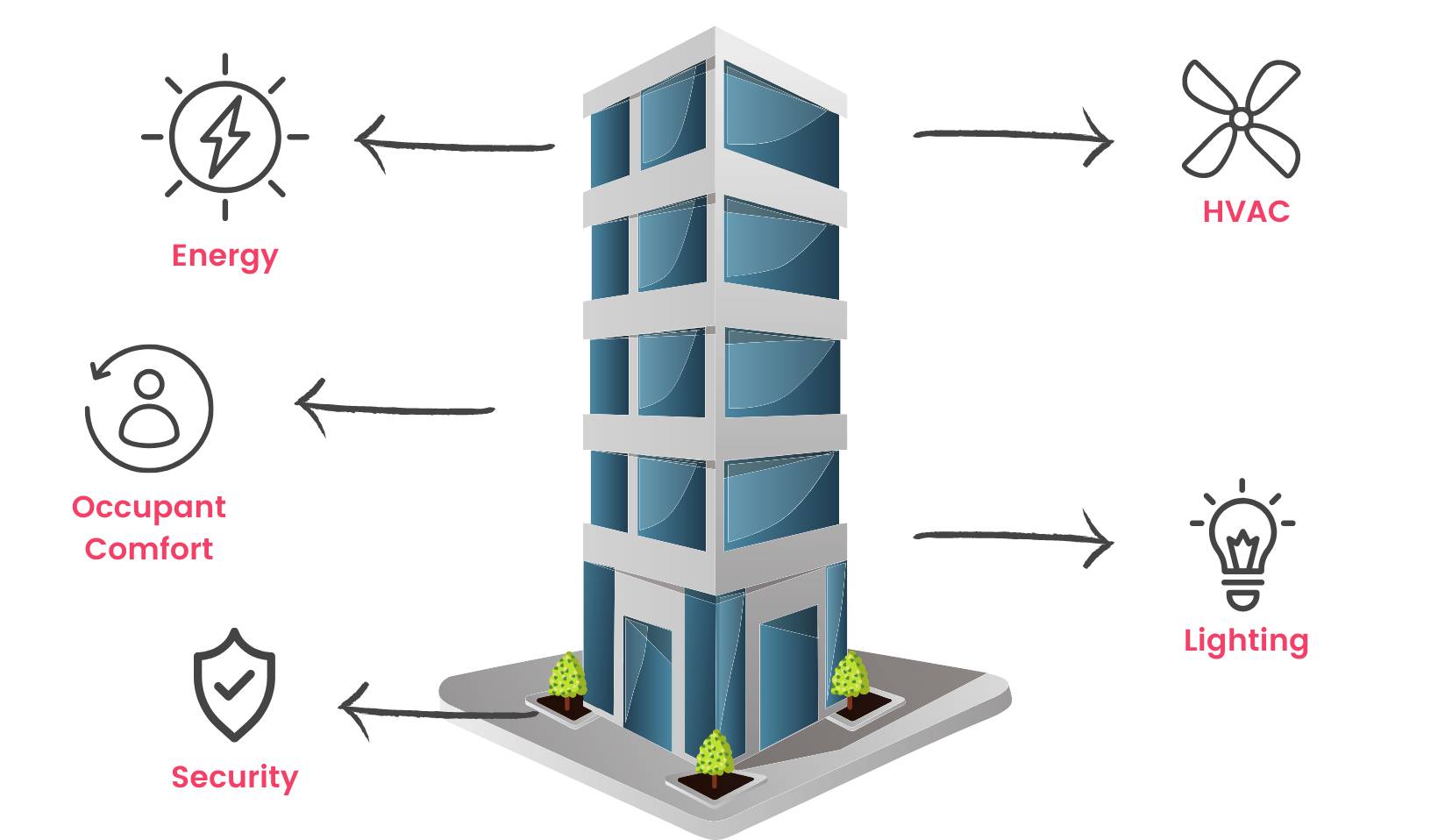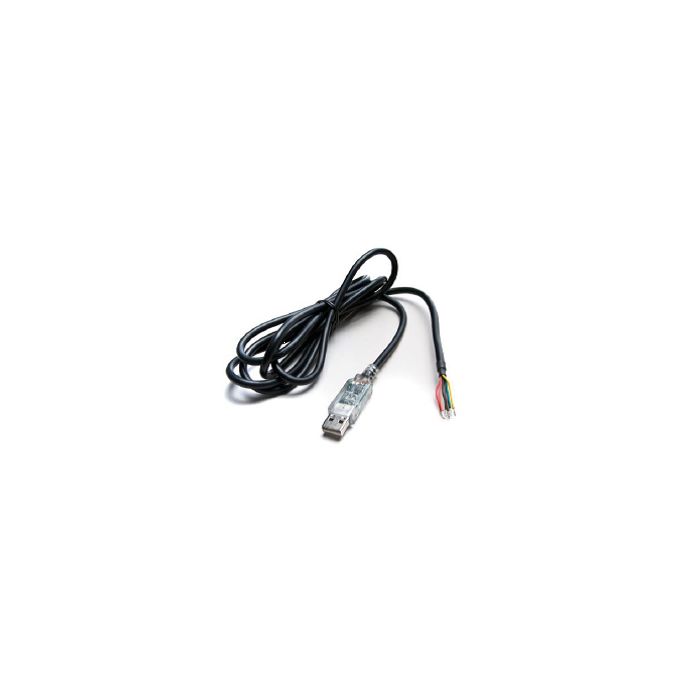Pneumatics: The power of compressed air in technology
Published

Basics of pneumatics
Pneumatics is a central area of fluid technology that deals with the generation, control and application of compressed air. Compressed air, as the working medium of pneumatics, offers an efficient and versatile method of transmitting forces and automating processes in numerous technical applications. The basics of pneumatics begin with the generation of compressed air using special compressors that compress ambient air and store it in compressed air reservoirs. This compressed air is then fed via lines to pneumatic actuators, valves and controls. A key feature of pneumatics is its ability to generate and control large forces and movements at high speed. This allows it to be used in a variety of applications, from the automation of manufacturing processes to the control of tools, robots and vehicles. Pneumatic systems are known for their precision and repeatability, which makes them extremely valuable in production and manufacturing. The basic principles of pneumatics involve controlling the pressure, volume and speed of compressed air to produce desired mechanical movements. Pneumatic actuators, such as pneumatic cylinders, use the pressure difference between the compressed air and the ambient air to perform linear or rotary movements. Valves and controls regulate the air flow and determine when and how the actuators are activated. Pneumatics is also known for its safety and environmental friendliness, as compressed air is generally not flammable or explosive and does not produce harmful emissions. This makes it a preferred choice in hazardous environments and in applications where cleanliness and environmental protection are of paramount importance. Overall, the fundamentals of pneumatics form the basis for a wide range of technical applications and are an important part of modern automation technology.
Applications and advantages of pneumatic systems
Pneumatic systems are widely used in a wide range of applications and offer numerous advantages that make them a preferred choice in the industry. One of the key applications of pneumatics is in the automation of manufacturing processes. In production lines and factories, pneumatic actuators and valves are used to position, assemble and handle components. The high speed and precision of pneumatic systems enables efficient mass production and an increase in production capacity. Mobile machines and vehicles are another important area of application. Pneumatic systems are used in construction vehicles, agricultural machinery, trucks and buses to control brakes, suspensions and other functions. The robustness and reliability of pneumatic components make them ideal for use in demanding environments. The food and beverage industry also benefits from pneumatic systems as they require no lubrication or oil and therefore leave no contamination in the products. Pneumatic valves control the flow of liquids and granulates, while pneumatic conveying systems are used for the transportation of materials. The advantages of pneumatic systems are their speed, repeatability and precision. They are easy to control and often do not require expensive electrical components. Pneumatic systems are also safe as they are generally non-flammable and do not generate sparks, making them suitable for use in potentially explosive environments. Another major advantage is ease of maintenance. Pneumatic components are durable and require minimal maintenance. In the event of breakdowns or repairs, parts can be replaced quickly without shutting down the entire process. Overall, pneumatic systems are versatile, efficient and cost-effective. They are used in industries such as manufacturing, transportation, food processing and many others, helping to optimize processes, increase productivity and ensure safety.
Design and function of compressed air systems
Compressed air systems are at the heart of pneumatic systems and play a crucial role in the generation and distribution of compressed air in technical applications. These systems consist of several key components that work together seamlessly to provide compressed air in the required quality and quantity. The first step in a compressed air system is air compression. This is where special compressors are used to draw in and compress ambient air. There are different types of compressors, including piston compressors, screw compressors and scroll compressors. These devices increase the pressure of the air and ensure that it can be used for pneumatic applications. After compression, the compressed air enters an air dryer. Removing moisture from the air is crucial to ensure the quality of the compressed air and prevent condensation from forming in the pipes and systems. Dry air is important to prevent corrosion and damage to pneumatic components. The treated compressed air is then stored in compressed air reservoirs, where it is kept in stock for use in pneumatic systems. These reservoirs ensure a constant pressure and compensate for fluctuations in air compression. Valves and controls are used to direct and control the compressed air to the desired areas. Valves regulate the air flow and determine when and how the compressed air reaches the pneumatic actuators. Controllers, such as electronic control systems, enable the automation and precise control of pneumatic systems. The operation of compressed air systems is therefore a complex sequence of processes that enable the generation, treatment, storage and distribution of compressed air. These systems are crucial for ensuring the efficiency and reliability of pneumatic systems and are used in numerous technical applications.
Maintenance and troubleshooting in pneumatic systems
Proper maintenance and quick troubleshooting are critical to ensure the performance and reliability of pneumatic systems. Pneumatic systems are generally robust and durable, but they still require regular inspections and maintenance to ensure their optimal functionality. One of the most important maintenance tasks is checking the compressed air quality. This includes checking the air dryer to ensure it is working effectively and removing moisture from the air. Moisture in the compressed air can lead to corrosion and damage to the pneumatic components. It is also important to regularly check and replace air filters to remove contaminants and particles from the air that could clog valves and actuators. Inspection of compressed air lines and connections is also crucial. Leaks can cause pressure loss in a system and affect performance. Leaks should be repaired immediately to prevent energy loss and reduce air consumption. Regular inspection of valves and controls is also necessary. Valves can become dirty or worn and may need to be cleaned or replaced. Controls should be checked for programming and function to ensure that they are working properly and not causing undesirable operating conditions. In the event of malfunctions or faults, rapid troubleshooting is crucial. It is important to identify the cause of the problem, be it a faulty valve, a leak or an electrical fault, and take appropriate action to rectify it. In many cases, thorough maintenance and timely troubleshooting can help avoid costly downtime and repairs. Overall, maintenance and troubleshooting in pneumatic systems is an essential part of operation. Careful attention to detail and adherence to a planned maintenance schedule will help extend the life of pneumatic systems, increase efficiency and keep operating costs low.








